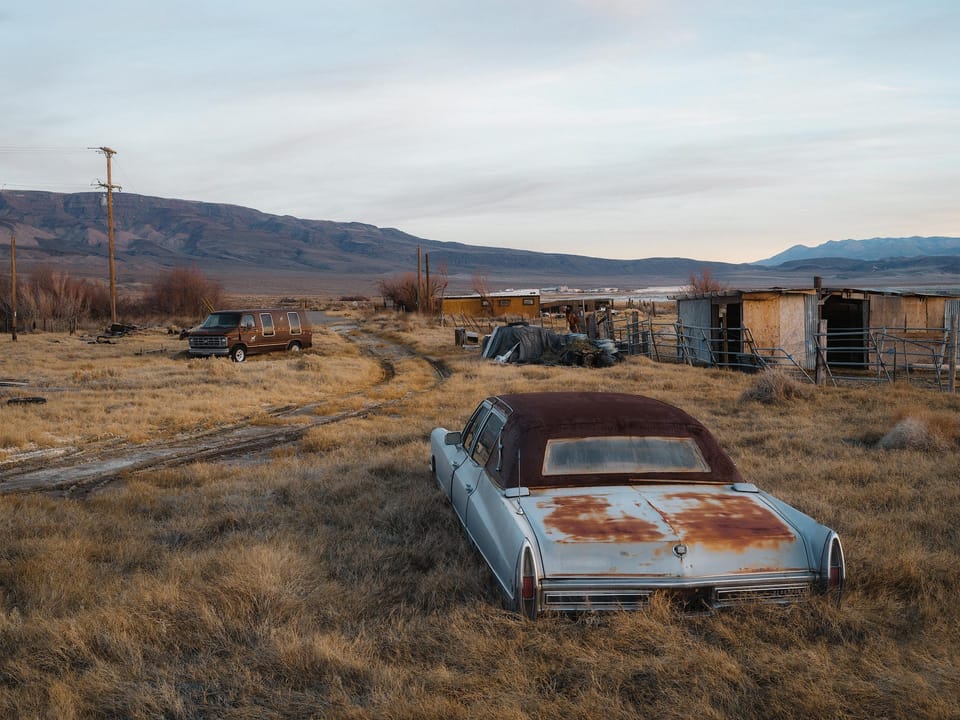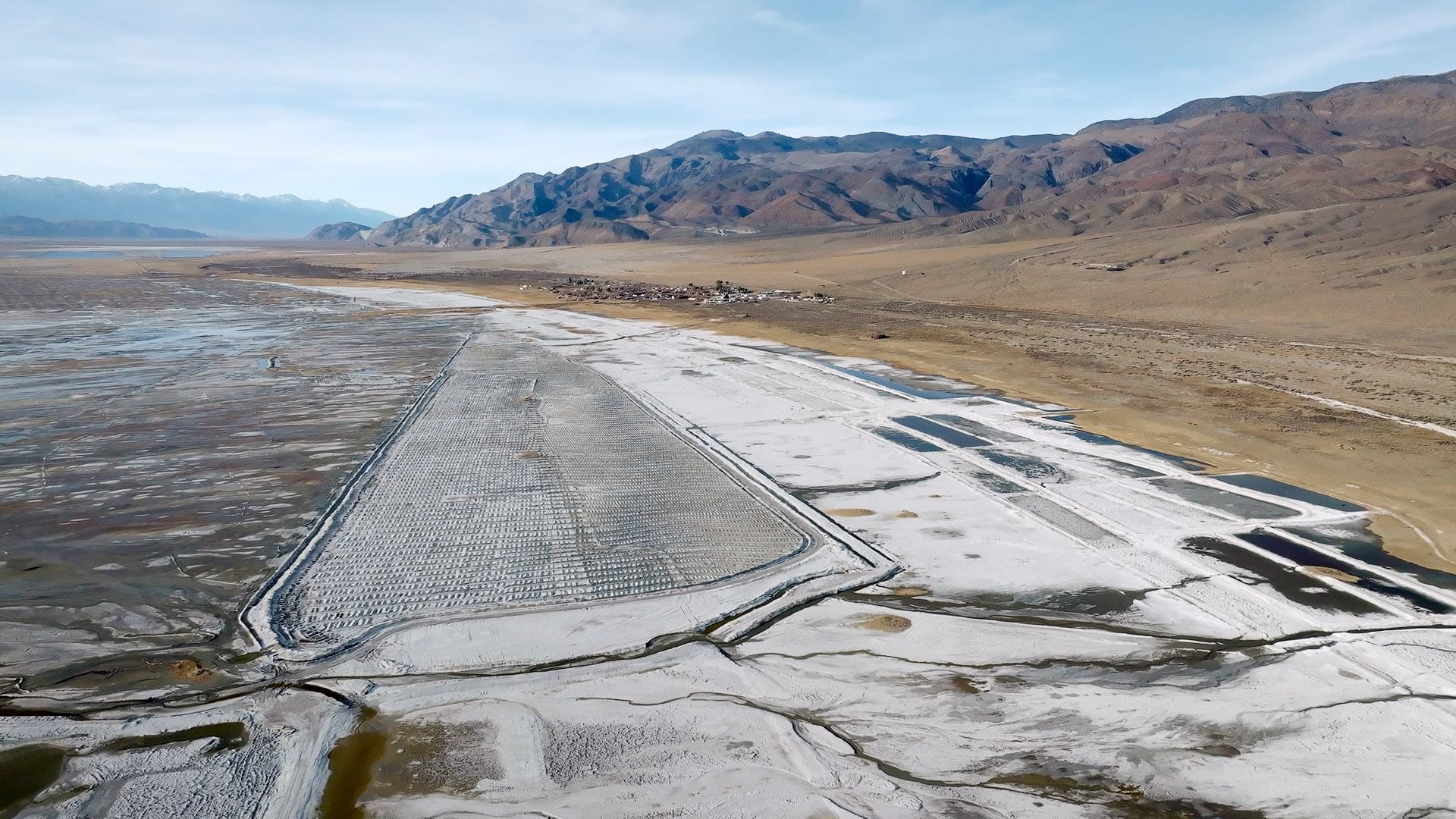
Photographing the town Los Angeles destroyed (Keeler, California)
Whenever I travel for landscape photography, I like to wander and explore unfamiliar areas. If I see a side road leading away from the main drag, I'll take it, on the off chance there may be something of interest worth photographing.
That is how I stumbled across Keeler, California back in 2022. I was in the area creating landscape images in Death Valley and Alabama Hills, when one afternoon I saw old buildings and abandoned vehicles on the side of the road. Further back, an enormous valley containing small pools of water and white mineral deposits. I knew nothing about the area or surrounding landscape, but there was clearly something unusual about it. I took a few photos, then left.
Later on, I researched Keeler to learn its history. To my surprise, something did happen there. And most disturbingly, it could easily happen again.
Keeler's origin story goes back to the late 1800s when mining was in full swing (including Cerro Gordo, nearby). Silver and other earthly minerals were transported to Keeler, where they were loaded onto trains built by the Colorado Railroad Company, then transported out of town. Over time, Keeler's population swelled to include hundreds of people. A schoolhouse, market, post office, hotel, and even a public swimming pool were built; all surrounded by a beautiful lake (named "Owens") and the stunning Eastern Sierra mountains. A literal oasis in the harsh desert of eastern California.
Then in the early 1910s, Los Angeles constructed a massive aqueduct that siphoned fresh water from the Owens River and surrounding Eastern Sierra mountains to sustain their rapid growth. This ambitious project, however, came at a devastating cost. Water, which had flowed into Owens Lake for millennia, was diverted to the city. Stripped of its lifeblood, the lake slowly dwindled to a bone-dry expanse.
Under the relentless eastern California sun, the lake cracked and dried, leading to a plague of toxic dust particles carried by desert winds and dumped over Keeler and even populated areas many miles away. Faced with this perilous environment, and a slowing mining economy, nearly every resident of Keeler moved away; many leaving their homes and possessions behind.
For decades thereafter, Owens Lake became the single largest source of PM10 dust pollution in the United States; a particularly harmful form of dust that gets into the heart and lungs and can lead to serious health issues.
In the early 2000s, nearly a century after effectively destroying Owens Lake and the town of Keeler, Los Angeles accepted responsibility for the damage their aqueduct caused. Today, the city spends approximately $25 million annually to irrigate the dry lake bed with just enough water to prevent the soil from turning to dust. This irrigation system also consumes nearly 20 million gallons of water annually.

This is what brought me back to Keeler during my recent landscape photography trip to California. I wanted to see and experience Keeler again, and spend more time photographing it. Photos of abandoned buildings and cars are hardly unique (they're a genre unto themselves), but the tragic story of Keeler and environmental devastation of Owens Lake is what made this project different for me.
Some may simply see old junk slowly decaying in the sun, but for me there’s a quiet, unspoken beauty in Keeler. A time capsule of a time that has long since passed, including the families who once lived there. A devastating example of what can happen when good intentions and unbridled optimism collide with the natural world.
Truth is, what happened in Keeler and Owens Lake can easily happen again, possibly on a much larger scale. Salt Lake in Utah, for example, is also shrinking and losing water due to climate change and increased consumption tied to population growth. If measures aren't taken to protect Salt Lake, it could easily dry up and become an even larger source of harmful arsenic-laced dust affecting the health of millions of people in Salt Lake City and surrounding areas, not to mention the destruction of an irreplaceable natural resource.
Let's hope that never happens.


